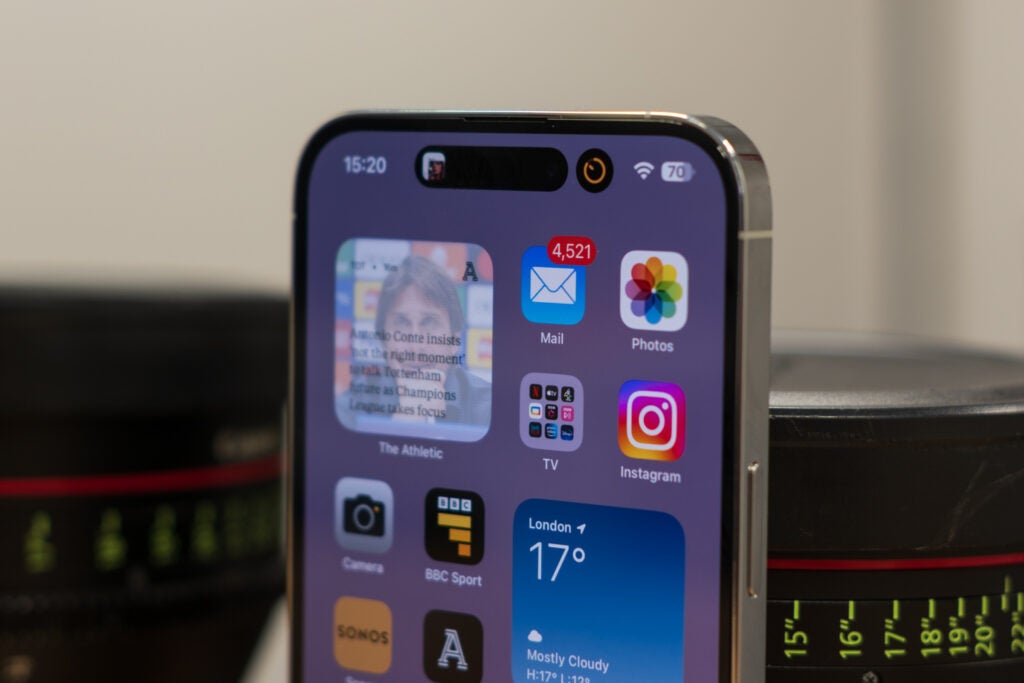The tech world is filled with terms and jargon that may not make a lot of sense the first time you hear them.
If you’ve been looking into buying a new smartphone, laptop or even TV, you will have heard the term bezel, with our team often mentioning the impact of bezels in our reviews.
Here is everything you need to know about bezels so you can make an informed decision when buying your next piece of tech.
What is a bezel?
A bezel is essentially the ‘frame’ that sits around the display on a device. Any device that has a screen has a bezel, including smartphones, tablets, wearables, laptops and TVs.
While the bezels may seem insignificant at first, they can have a big impact on the user experience. The current trend has seen bezels thinning down; a thinner bezel allows for more screen space and is generally thought to be more aesthetically pleasing.
Bezels can be made out of many materials depending on what it’s being used for. These materials include glass, metal, rubber or hard plastic. Premium handsets such as the Pixel 7 Pro and iPhone 14 Pro Max both feature metal bezels to create a premium look, with both reviews mentioning that the screen manages to blend into the material fairly well.
Black Friday-level iPhone 14 deal
Now you’re chance to get the iPhone 14 with 100GB of data for just £36.99 a month and absolutely nothing to pay upfront.
- Mobiles.co.uk
- No upfront cost
- Only £36.99/month
What are the advantages and disadvantages of a bezel-less design?
Some devices tout having a ‘bezel-less’ design. Despite the name, these devices do still use a bezel to keep the phone display attached to the device itself, but they have been thinned down to keep them as unobtrusive as possible. The Xiaomi 13 Pro is a great example, with incredibly thin bezels at just 1.81mm.
One of the biggest benefits of a bezel-less display is that it increases the screen size. Usually, the height of the screen is improved over the width, but that will depend on the design of the handset and if it houses any physical buttons on the front of the device or a front-facing camera.

Having more screen space can be a drawback, as increasing the display can make the handset harder to navigate and use in day-to-day life. This will depend on the size of your own hands and your own personal preferences about phone sizes, with some people preferring a compact phone that packs a lot of power. Check out our best smartphone roundup to see the most powerful and premium handsets on the market.
In terms of computing and TVs, there are few disadvantages to slimming down the bezels as much as possible since you rarely interact with the screen itself. In the same vein as smartphones and tablets, there are no true bezel-less products that have a screen.
Overall, technology companies are trying to thin down bezels as much as possible in almost all products that use them. Depending on what product you’re buying and what experience you are looking for, you may want to look for the thinnest bezels out there or look for something in the middle.










